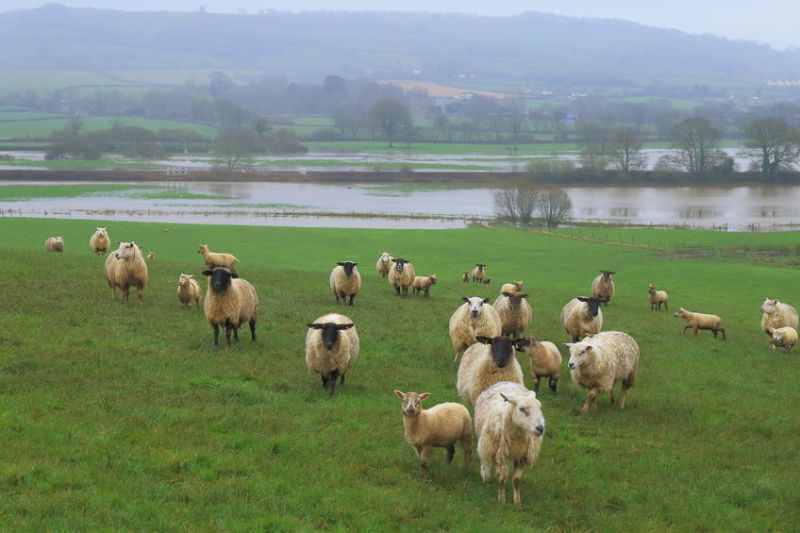
This year's fluke forecast for autumn shows there is a 'high risk' in Scotland, northwest England and north Wales, animal health experts say.
The warning comes as some regions of the UK have recently experienced significant levels of rainfall and temperatures.
Liver fluke is an increasingly common and economically important parasitic disease of livestock in the UK.
It can affect both sheep and cattle, but sheep are at greater risk of the severe clinical disease associated with heavy infections of migrating juvenile larvae.
The forecast, by the National Animal Disease Information Service (NAIDS), is based on temperature and rainfall data from May – August 2019.
It indicates the risk of liver fluke resulting from development in snails on pasture over the course of the grazing season.
Liver fluke and its intermediate host, the mud snail, are highly dependent upon temperature and rainfall, with warm wet conditions optimal for development.
NADIS says this this year’s forecast is predicting high risk in Scotland, northwest England & north Wales, moderate risk in Northern Ireland and low risk everywhere else.
It strongly advises that farmers with livestock grazing in high and medium risk regions to be vigilant for signs of disease in the coming months.
Whilst the autumn fluke forecast is predicting low risk in some parts of the UK, NADIS notes that local conditions are also important when determining on-farm fluke risk.
Previous history of fluke infection and presence of permanently wet areas and/or permanent water bodies where snails may reside will increase risk from liver fluke considerably, it says.
